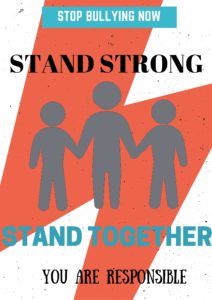Kelly Meyer
“…Families – like religions, economies, governments, or courts of law – are not unchanging but the product of various social forms, that the relationships of spouses and parents to their young are apt to be different things in different social orders” (Collier et al. 39). Differing values between societies lead to diverse forms of family and how those families function within a given society. The process of adding guidelines and procedures to transnational adoption begins to define who is able to have family and who is not. It is a direct process of allowing individuals and couples to become parents and start or grow a family. When this practices in countries forbid adoption to certain groups of people, the message is sent to society that this individual is not a fit parent. This is a process where the standardization of family is able to occur and there is a form of control over who is and is not a legitimate family. When it comes to transnational adoption, those values can conflict at times and lead to a difficult adoption process for both the child and the awaiting parents. We can see this play out in the article International Adoptions in Decline as Number of Orphans Grows, countries are becoming less welcoming of foreign adoptions regardless of the fact their orphaned children need loving homes. This reveals the idea of a country not wanting children from their country raised with different values and family practices. Adam Pertman, Executive Director of the Donaldson Adoption Institute, explains this issue “No country likes that it’s not tending to all of its own children” (Voigt, Brown 2). Countries that once had the highest numbers of children being adopted, such as China and Russia, are now making it nearly impossible for international adoptions.
“International adoption: Individuals and families opening their lives to the world’s most underprivileged orphans” (Voigt, Brown 3). When looking at international adoption it is more than seeing an orphan given a family, but also the effects that it may have on that child by leaving their culture and home. China has implemented new policy on who is allowed to adopt their children, including not allowing obese people, homosexuals, single men, as well as implementing a minimum income for the family. China is trying to ensure the best interest of Chinese orphans (Voigt, Brown 4). These regulations step in the way of many people creating their own family and leaving the orphans without anyone to call family. This article portrays the control the state still has in the determination of family and who is and is not family. For example in China with the one child law, parents are inclined to giving children up for adoption when their first child is not a son. This causes a larger population of orphaned children, or children that do not have a family or home. Although their biological parents are still alive in most cases, they are not in contact with them or being provided for by these individuals. The policies that China implements changes the dynamics of family not only for those giving children up for adoption, but people who are looking to adopt these children as well. Who should be in control of the orphaned children? Are the regulations posing as healthy guidelines or infringing on the rights of the child?
Sources
- Voigt, Kevin, and Sophie Brown. “International Adoptions in Decline as Number of Orphans Grows.” Cable News Network (CNN). Turner Broadcasting System, 17 Sept. 2013. Web. 16 Feb. 2014.<http://www.cnn.com/2013/09/16/world/international-adoption-main-story-decline/>.
- Collier, Jane et al. “Is There a Family.” Rethinking the Family. Ed. Barrie Throne, 1982. 31-46. Print.


Recent Comments